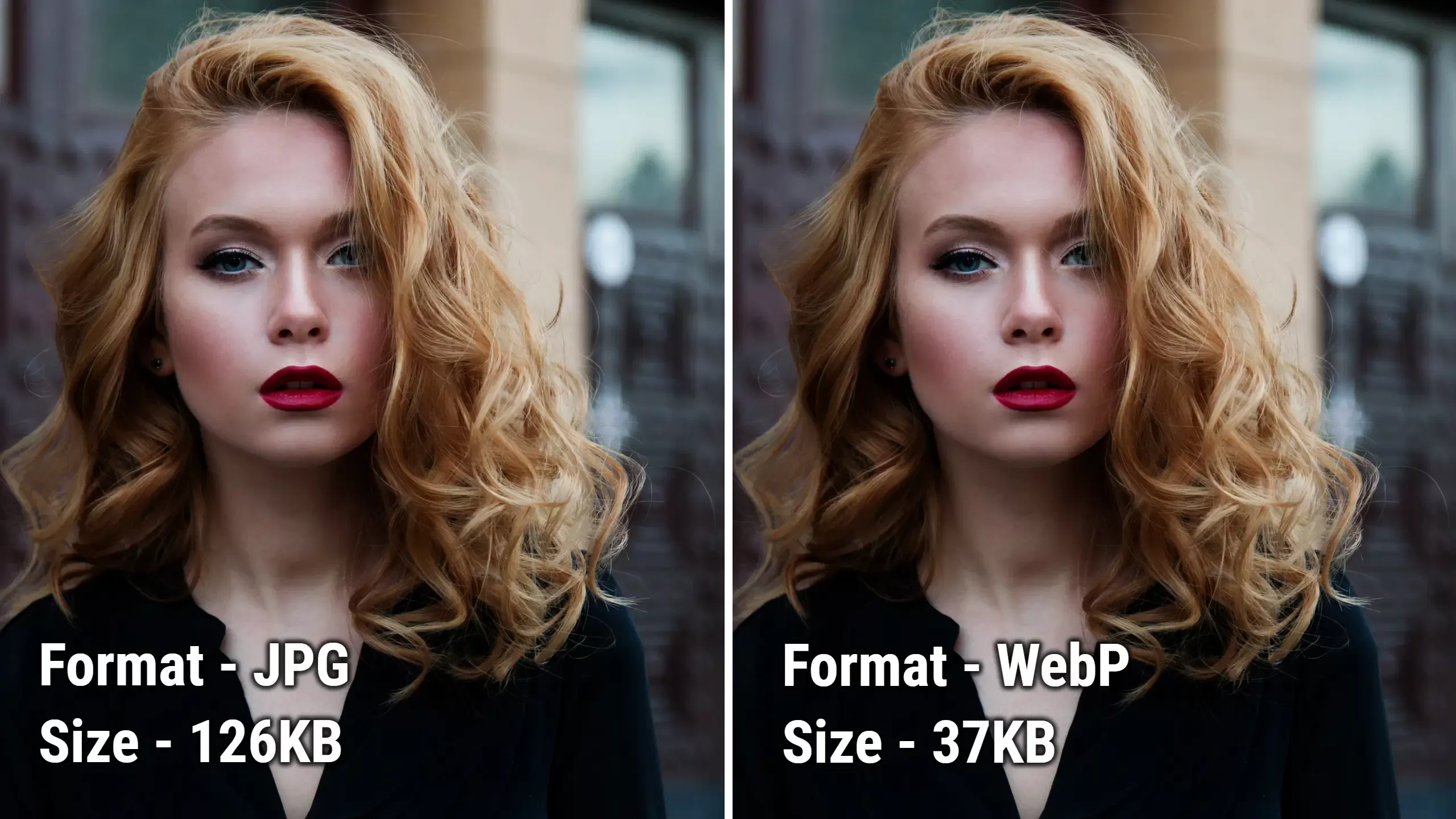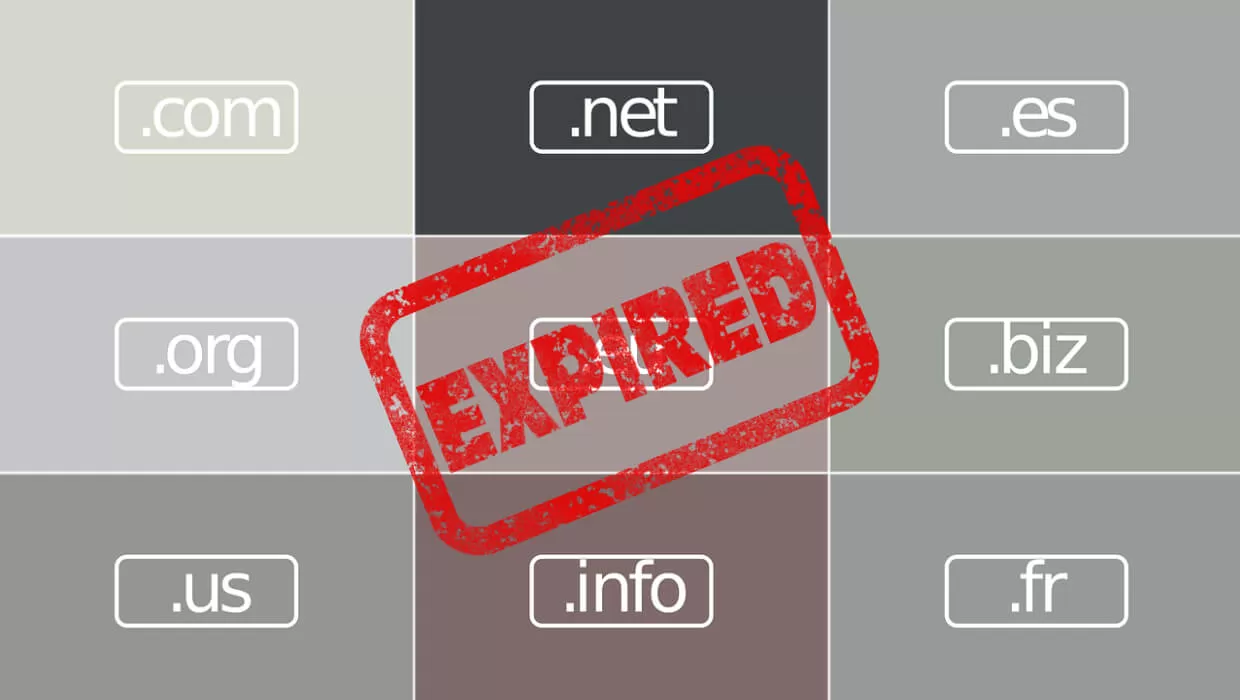Why Google WebP is more effective than JPG and PNG?

Google’s WebP image format has been making waves in the world of web development for a few years now. It’s a relatively new image format, but it’s gaining popularity because of its many advantages over traditional formats like JPEG and PNG. In this article, we’ll explore why Google WebP is more effective than JPEG and PNG.
First, let’s take a look at what these image formats are and how they work. JPEG (Joint Photographic Experts Group) is a lossy compression format that’s been around since the early 1990s. It’s designed specifically for photographs and other complex images with lots of color variations. PNG (Portable Network Graphics) is a lossless compression format that’s better suited for simpler images with fewer colors, like logos and icons.
Now, let’s talk about WebP. It was developed by Google in 2010 as an alternative to JPEG and PNG. It uses both lossy and lossless compression techniques to create smaller file sizes without sacrificing image quality. WebP is designed to work well on the web, which is why it’s gaining popularity among web developers.
So, why is WebP more effective than JPEG and PNG? Here are a few reasons:
- Smaller file sizes
One of the biggest advantages of WebP is that it creates smaller file sizes than JPEG and PNG. This is because it uses advanced compression techniques that are specifically designed for the web. Smaller file sizes mean faster load times, which is crucial for improving user experience and SEO.
- Better image quality
Despite creating smaller file sizes, WebP still maintains high image quality. In fact, in some cases, WebP can actually improve image quality compared to JPEG and PNG. This is because it uses more advanced compression techniques that are better suited for web images.
- Support for transparency
WebP supports transparency, just like PNG. This means that you can create images with transparent backgrounds, which is useful for logos and icons. JPEG does not support transparency, so it’s not a good choice for these types of images.
- Wide browser support
WebP is supported by all major web browsers, including Chrome, Firefox, Safari, and Edge. This means that you can use WebP images on your website without worrying about compatibility issues. JPEG and PNG are also widely supported, but WebP offers some advantages over these formats.
- Better compression for animated images
WebP also supports animated images, and it can compress them better than GIFs. This means that you can create smaller file sizes for animated images without sacrificing quality. This is especially useful for things like banner ads and other types of animated content.
- Reduced Bandwidth Costs
Since WebP images have smaller file sizes, they require less bandwidth to load. This can result in significant cost savings for websites with high traffic.
- SEO Benefits
Faster loading times can improve a website’s search engine ranking, making WebP images a great option for improving SEO.
- Easy Conversion
Converting existing JPG and PNG images to WebP is easy and can be done using free online tools or image editing software.
- Future-Proof
As internet speeds continue to increase, the need for smaller, more efficient image formats will only grow. WebP is a future-proof solution that is likely to become even more popular in the years to come.
- Cost-Effective
Since WebP is an open-source format, there are no licensing fees or costs associated with using it. This makes it a cost-effective option for businesses and individuals alike.
In conclusion, Google WebP is more effective than JPEG and PNG for a variety of reasons. It creates smaller file sizes without sacrificing image quality, supports transparency, has wide browser support, and offers better compression for animated images. If you’re a web developer, it’s worth considering WebP as an alternative to traditional image formats.
HashTags: #JPGToWEBPConversion, #WEBPIsBetterThen&PNG, #GoogleWebPFormat
Personal Webiste Builder
Categories
| CV And Cover letter (1) |
| Domain And DNS (3) |
| Images And Videos (2) |
| Interview Questions and Answers (3) |
| Promotion And Ads (3) |




